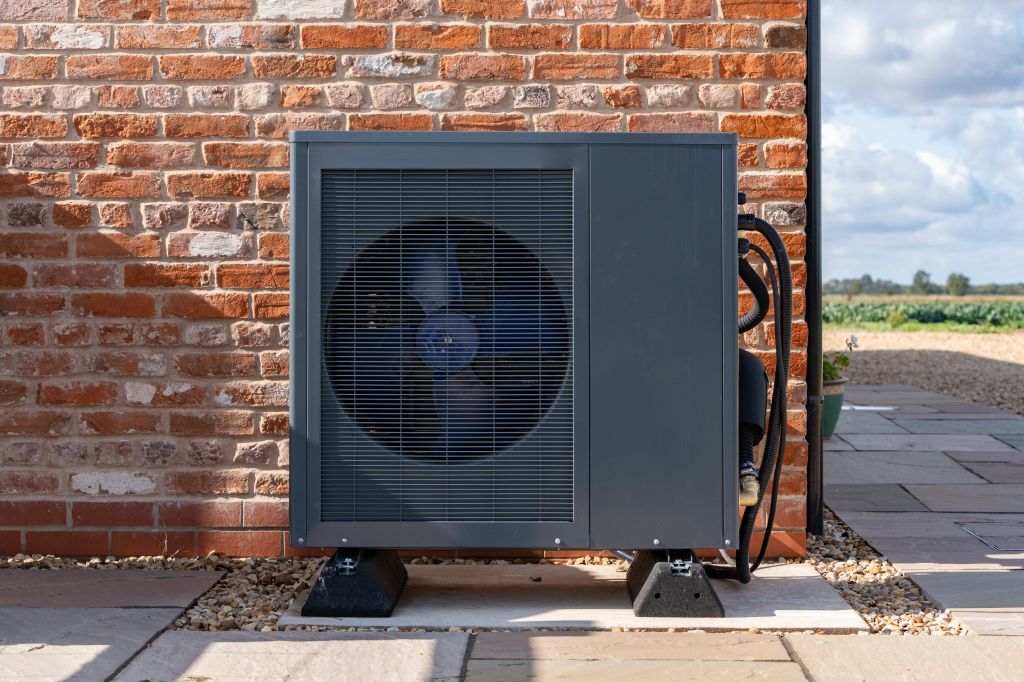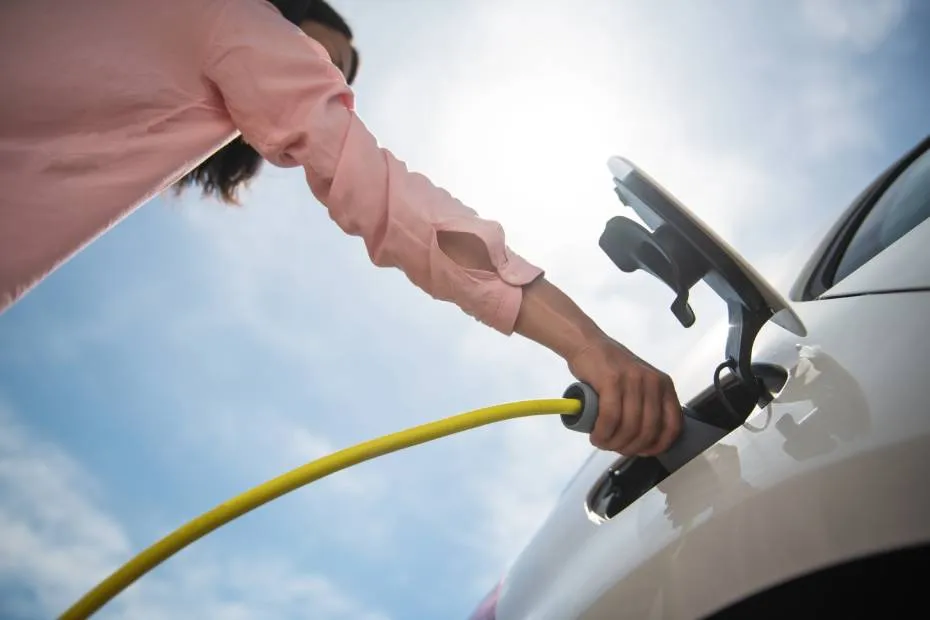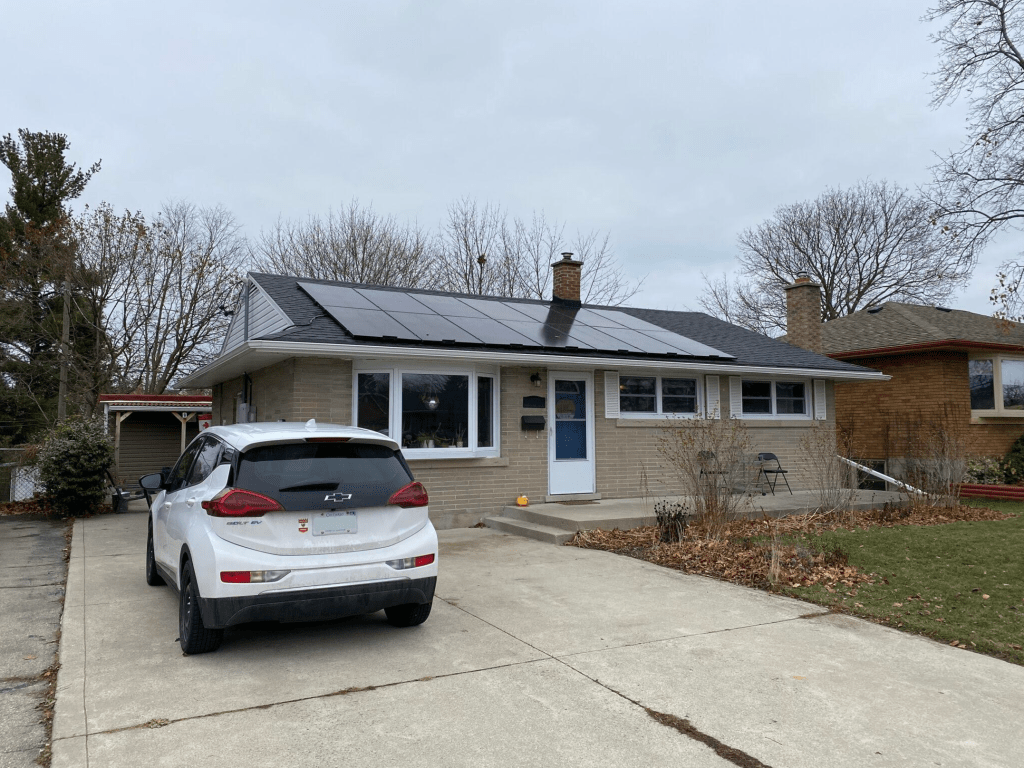Published March 17, 2023 • 6 Min Read
Making your home a welcoming space takes a lot of time and effort. And the energy you use to keep your home comfortable year-round comes with a cost — both to your wallet and the planet.
Why is saving energy at home important?
According to Statistics Canada, collectively, households account for almost one-quarter of Canada’s annual energy use, and they’re responsible for around one-fifth of the country’s total greenhouse gas (GHG) emissions. That’s more than any other industrial sector.
Making your home more energy-efficient can cut your monthly energy bills and help you feel confident about reducing your impact on the environment.
How to keep your home warmer in the winter
Nearly 61 per cent of the energy used in the average Canadian home is used for heating.
You can stay warm and reduce your home’s carbon emissions if you:
-
Change your furnace filter after three months of use. A clogged filter makes your furnace work harder and uses more energy to pump warm air through the house.
-
Apply weatherstripping to your front door to block drafts, and use sealant to plug cracks around windows.
-
Install an Energy Star® certified smart thermostat. NRCan suggests setting smart thermostats to 17°C in the winter months at night or when you’re not at home and 20°C when you’re hanging around the house.
-
Add or upgrade insulation when you plan a renovation. And if a big overhaul isn’t in your near future, you could add insulation to your attic space because it’s typically easy to access.
-
Opt for Energy Star® certified air unit if you’re buying a new home or looking to replace your existing air conditioner and furnace.
How to keep your home cooler in the summer
Canadian summers are short compared to those in southern climates, but Canadians are no strangers to at-home air conditioners. You can reduce your household GHG emissions caused by air conditioners by aiming for comfort, not chill.
Here are some tips for staying comfortable in the heat:
-
Lower the humidity. Take shorter showers, keep lids on pots, and consider a dehumidifier to lower the strain on your air conditioner.
-
Find a temperature on your thermostatwhere you’re comfortable but not freezing. That means feeling cool in your regular summer clothes and not having to put on sweats and heavy socks. Some energy technicians recommend the sweet spot is somewhere between 25°C and 27°C.
-
Fans use less energy than air conditioners, so it’s worth considering using them to help cool your home. It doesn’t matter if you choose ceiling or portable fans — the cooling effect feels the same.
Make your water usage more energy-efficient
According to NRCan, water heaters account for 17.2 per cent of the total energy use in a home.
Reduce your hot water usage with these moves:
-
Wash clothes in cold water. Unless you’re dealing with an oil-based stain, cold water washes are effective at cleaning clothes, especially with modern washing machines and detergents.
-
Swap baths for showers. Try installing low-flow shower heads and faucets to reduce water waste. They’re easy to install, even for the non-handy.
-
Insulate the hot- and cold-water pipes within two to three metres of your hot water tank. This reduces heat loss in your hot water pipes, and helps prevent frozen pipes in the winter.
-
Upgrade your hot water heater to a tankless system. These use less energy than a standard tank-style heater.
Apply for a grant to help with the costs of making updates at home
Take a look at the government’s Canada Greener Homes Grant Initiative to see if you are eligible for a retrofit grant — you could get money back for some of your energy-efficiency investments. The government offers rebates on upgrades to insulation, air sealing, windows and doors, smart thermostats, and space and water heating.
Power your home with the planet in mind
Making changes to how you use household power can help save costs on your energy bills and benefit the environment. We’ve included some easy, low-cost tips on the list below; even if you’re unable to invest the time and money to make larger-scale changes, you can still make a difference.
How to use less energy with household appliances
The third biggest energy users in homes are appliances. That’s not surprising, considering some of them run all the time, like refrigerators and deep freezers.
You can reduce the amount of energy your appliances consume with these simple tips:
-
Use appliances only when you absolutely need to. Squeeze more into the dishwasher, run laundry on full loads, and open the fridge less often.
-
Clean the fridge and dryer to optimize air circulation and help them run more efficiently. In the fridge, toss out old condiment bottles and clean the coils on the outside. Remove lint from the dryer’s lint trap after each load.
-
Buy the right-size appliance. Maybe you only need a small fridge or an apartment-size dishwasher. Not only will you save money on a more modest purchase, you’ll continue to save down the line with lower electricity bills, too.
-
Look for the Energy Star “Most Efficient” designation when buying new appliances. These offer the industry’s “best of the best” in energy savings.
Switch on smart lights
Lighting accounts for 3.5 per cent of the average household’s energy use. That may not sound huge, but it adds up.
Consider these suggestions for more energy-efficient lighting:
-
Don’t forget to turn off the lights. While a simple task, it can be easy to forget. To make it easier, you can consider using a light timer or hooking lights up to your smartphone or voice assistant.
-
Replace all incandescent light bulbs with LED bulbs. They use up to 90 per cent less energy than incandescents, last at least 15 times longer and are easily available. Tip: Look for “warm” or “soft white” on the package for a less-blinding, less-stark effect.
-
Choose outdoor motion sensors if you often forget to turn off your exterior lights.
Turn off energy-draining power sources
Nicknamed “vampire power,” phone chargers, video game consoles, appliances with digital clocks and other small devices that aren’t in use still use energy.
Here are some things you can do:
-
Unplug anything not in use, from the coffee maker to the toaster to your phone chargers.
-
Plug all home office equipment into a power bar; with just one click, you can shut everything down for the evening.
-
Replace small appliances when they break (such as dehumidifiers and even computer monitors) with more efficient versions.
Shrink your energy bills and your home’s carbon footprint
Even if you’re not planning a home retrofit, renovation, or a new appliance purchase, these are easy and effective ways can help you save energy.
Start by identifying how energy is wasted in your home, then commit to making manageable changes over the year. Even fixing just a few of your home’s energy issues will likely save you money and lower your carbon impact.
This article is intended as general information only and is not to be relied upon as constituting legal, financial or other professional advice. A professional advisor should be consulted regarding your specific situation. Information presented is believed to be factual and up-to-date but we do not guarantee its accuracy and it should not be regarded as a complete analysis of the subjects discussed. All expressions of opinion reflect the judgment of the authors as of the date of publication and are subject to change. No endorsement of any third parties or their advice, opinions, information, products or services is expressly given or implied by Royal Bank of Canada or any of its affiliates.
Any information, opinions or views provided in this document, including hyperlinks to the RBC Direct Investing Inc. website or the websites of its affiliates or third parties, are for your general information only, and are not intended to provide legal, investment, financial, accounting, tax or other professional advice. While information presented is believed to be factual and current, its accuracy is not guaranteed and it should not be regarded as a complete analysis of the subjects discussed. All expressions of opinion reflect the judgment of the author(s) as of the date of publication and are subject to change. No endorsement of any third parties or their advice, opinions, information, products or services is expressly given or implied by RBC Direct Investing Inc. or its affiliates. You should consult with your advisor before taking any action based upon the information contained in this document.
Furthermore, the products, services and securities referred to in this publication are only available in Canada and other jurisdictions where they may be legally offered for sale. Information available on the RBC Direct Investing website is intended for access by residents of Canada only, and should not be accessed from any jurisdiction outside Canada.
Share This Article






